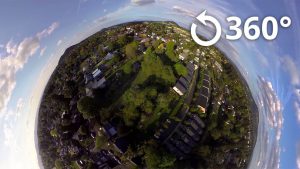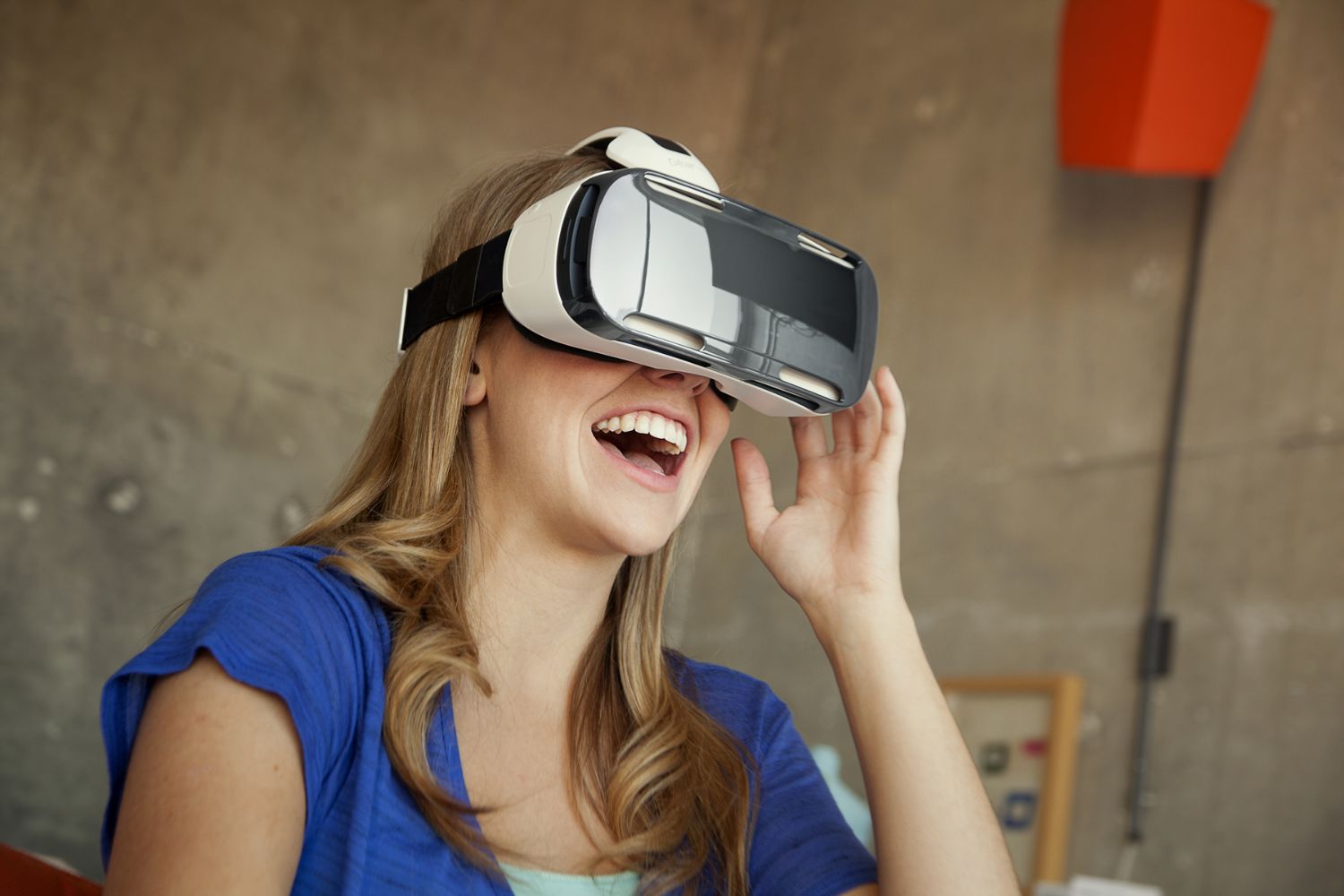Featured image from http://www.themonitordaily.com/
Updated on February 10, 2020.
So you’ve decided to take your branded content to the next level by replacing the conventional video approach with VR and 360-video. After strategizing a careful video marketing plan, you have to choose between the two formats. But what’s the difference?
Although they may seem the same, VR and 360-video have stark differences. Their functionalities and features make them particularly effective for certain types of content. So forget your preconceived notions about VR –because you might be mixing it up with 360-video, anyway.
Perspective
When people watch a 360-video on a VR headset, it’s technically not a true VR experience. What they see in this format is footage taken from the 360-degree overview from the camera’s physical position. Viewers cannot explore beyond the setting that the filmmaker presents. But in VR, the headset tracks the movement and position of users. The users are in complete control. They can both walk and interact in their surroundings, activate certain functions with controllers and other motions, or even just abandon the narrative. In this way, VR imitates life through this freedom of choice within the simulated environment.

Image from youtube.com
Progression
360-videos are known for their natural progression from scene to scene. That means filmmakers handpick what they want to present their audience. Viewers consequently don’t have any power over their interactions.
By contrast, VR thoroughly immerses users into the environment and allows them to explore however and whatever they want. Unlike in 360-video, a VR story is not set in stone. It doesn’t follow any pre-determined timeline. Rather, users are able to create their own experiences in the VR simulation.
Context
Now that you know the difference between VR and 360-video, you might be wondering which format fits best for your next video marketing project.
If you want to create a large-scale experience that your audience will never forget, consider the VR approach. With the technology being so complex, it’s best to feature VR experiences at conferences or festivals. Consider the Gear VR Theater with 4D at the Mobile World Congress 2016 in Barcelona. The experience transported the participants to a Six Flags roller coaster ride in California. The chairs they sat in had motors installed underneath, allowing the individual to feel the toss and turn of a roller coaster. With 4D elements in combination with the groundbreaking visuals, VR proved to be a perfect marketing platform for the company.
With this captivating VR, you are more likely to create an engaging experience for customers because you are already reaching out to an active audience. They either bought the ticket to your conference or came to your store, and agreed to have the experience in some way. All of these factors make VR a successful, engaging advertising tool.
But if you have video content that is documentary-style or from a live-event, 360-video is perfect for you. This format lets you broadcast to a larger audience quickly and easily. Your video can be uploaded onto compatible apps or mobile websites, like YouTube and the New York Times. Users can then watch 360-videos on Google Cardboard. This feature enables average viewers to access the content anywhere and anytime for their own enjoyment. Plus, there’s no intimidating, bulky equipment to put on!
But, with this easily accessible 360-video, you are sacrificing the fully immersive experience that is the essence of VR. Without a large VR production, you have the full responsibility to develop enticing strategies that will push users to voluntarily download and watch your video.
Whichever route you decide to take, VR and 360-video have the power to garner the attention of countless viewers! So the next time you’re trying to refresh your content, consider these two innovative options.
